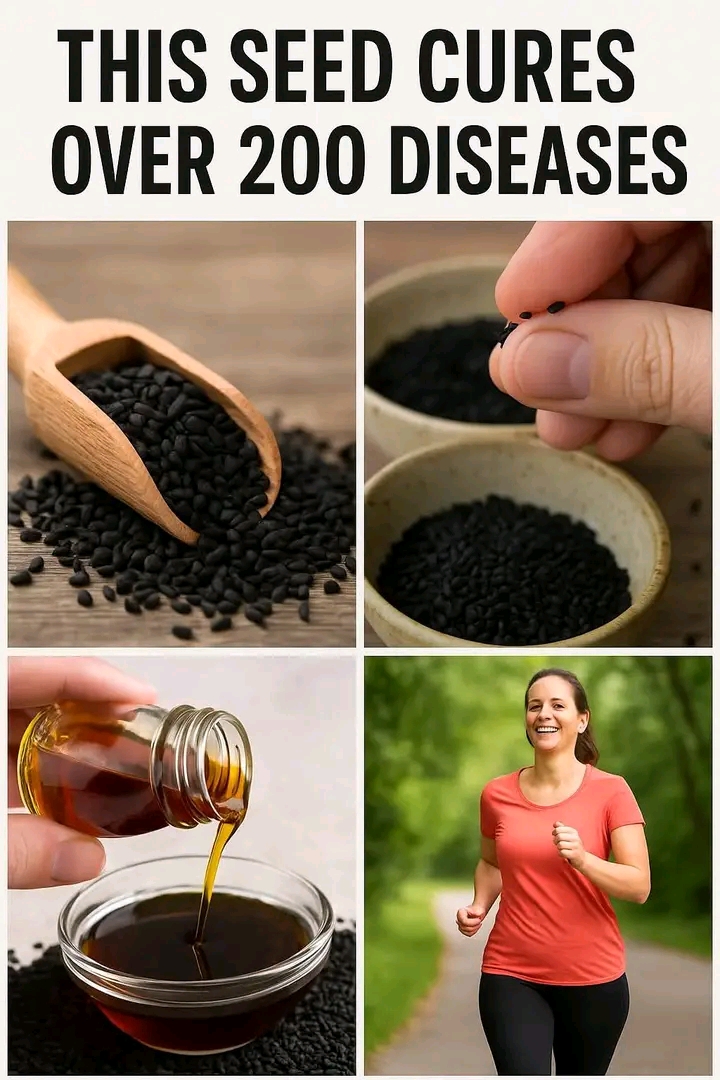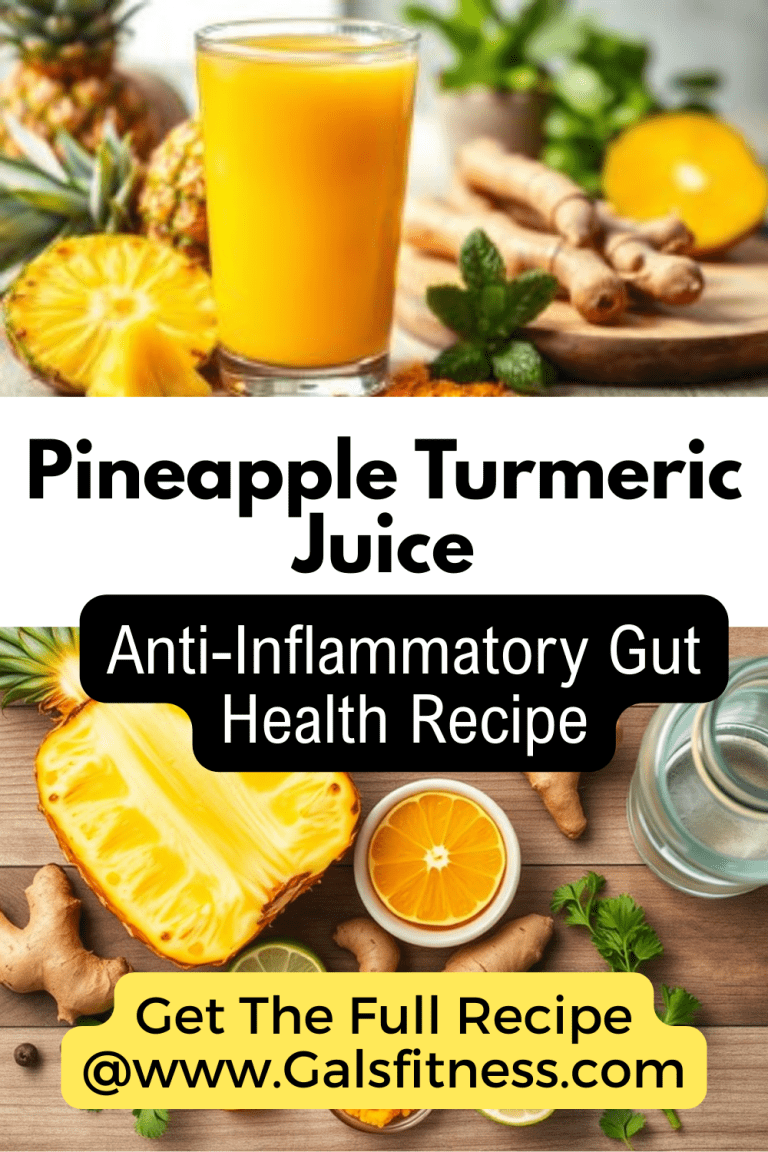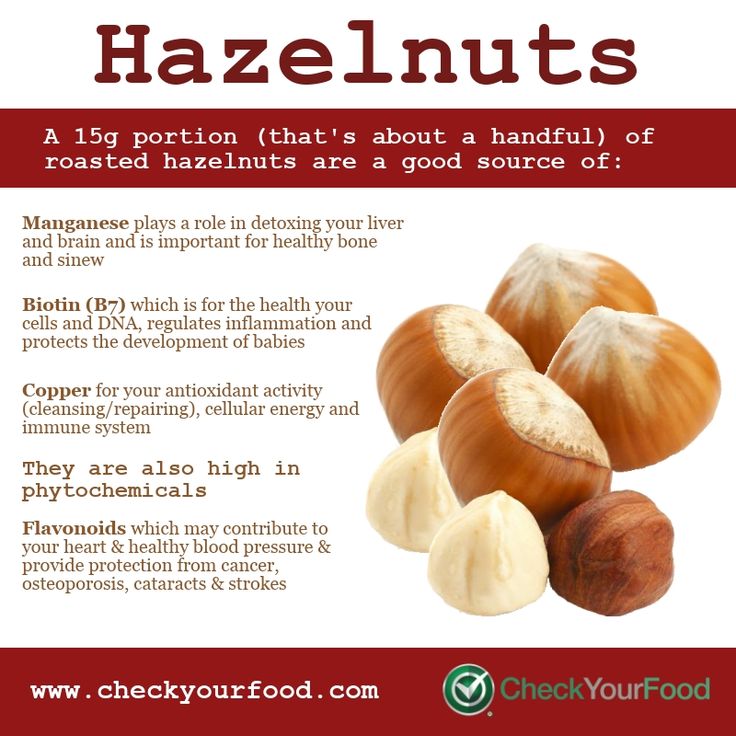The Ancient Secret: How Cumin Can Transform Your Well-being
In the annals of human civilization, certain elements from the natural world have consistently transcended their utilitarian origins to become woven into the very fabric of our lives. They are more than mere sustenance or flavor; they are custodians of history, vessels of healing, and quiet catalysts for profound change. Among these revered treasures, a humble, unassuming seed holds a particularly distinguished place: cumin. Often relegated to the spice rack, a silent partner in the symphony of global cuisines, cumin carries within its minute form an ancient secret, a power to transform well-being that modern science is only now beginning to fully apprehend.
This is not merely the story of a spice, but a narrative stretching back millennia, connecting sun-drenched ancient empires to contemporary laboratories, traditional healers to cutting-edge research. It is a testament to the enduring wisdom of nature and the persistent human quest for health and vitality. Join us as we journey through time and science, peeling back the layers of history and biochemical complexity to reveal how cumin, this potent botanical, can unlock a deeper, more vibrant state of well-being for the discerning and knowledgeable individual.
Echoes from Antiquity: Cumin’s Storied Past
The saga of cumin (scientific name: Cuminum cyminum) begins in the cradle of civilization, the fertile crescent of Mesopotamia, and the sun-baked lands of ancient Egypt, Syria, and Turkey. Its origins are shrouded in the mists of prehistory, but archaeological evidence and ancient texts paint a vivid picture of its early reverence. As early as 2000 BCE, records show cumin being cultivated and utilized, not just as a culinary enhancer, but as a prized medicinal herb and even a sacred element.
The Egyptians, Masters of Mysticism and Medicine:
For the ancient Egyptians, cumin was far more than a simple flavoring agent. It was found in the tombs of pharaohs, including the legendary Tutankhamun, testifying to its perceived value in the afterlife. Beyond its spiritual significance, the Egyptians incorporated cumin extensively into their daily lives. Its carminative and digestive properties were well understood, making it a staple in their rich and varied diet. More importantly, it was a vital ingredient in their sophisticated pharmacopoeia, employed for a range of ailments from digestive upsets to respiratory issues. Its preservative qualities were also recognized, contributing to its use in mummification rituals – a testament to its antimicrobial prowess, even if the underlying science was then unknown.
Greeks and Romans: From Culinary Staple to Medical Mandate:
As empires shifted and knowledge flowed across the Mediterranean, cumin found its way into the hands of the Greeks and Romans. For the Greeks, it was a symbol of frugality and a common table spice, often served in its own container at meals, much like salt and pepper today. Their physicians, including the father of medicine, Hippocrates, recognized and documented its therapeutic applications, particularly for digestive complaints. The Romans, with their vast empire and sophisticated culinary traditions, embraced cumin enthusiastically. Apicius, the legendary Roman gourmand, featured it prominently in his cookbooks. But like the Greeks, Roman naturalists and physicians such as Pliny the Elder and Dioscorides meticulously cataloged its medicinal uses, praising its ability to warm the stomach, dispel flatulence, and even improve eyesight. It was a spice of everyday life and a respected therapeutic agent, a dual role it would maintain for centuries.
The Eastern Esotericism: Ayurveda and Traditional Chinese Medicine:
While cumin flourished in the West, its journey eastward led to its deep integration into the highly sophisticated systems of Ayurvedic medicine in India and Traditional Chinese Medicine (TCM). In Ayurveda, cumin (known as ‘Jeera’) is considered a potent digestive aid, an appetizer, and a carminative. It is believed to balance the three doshas (Vata, Pitta, and Kapha), though it is particularly effective for balancing Vata and Kapha due to its warming and drying properties. Ayurvedic practitioners prescribe it for indigestion, bloating, diarrhea, and even as a detoxifying agent, often consumed as a tea (jeera water). Its ability to kindle ‘Agni,’ the digestive fire, is central to its Ayurvedic philosophy, emphasizing its role in metabolism and nutrient assimilation.
Similarly, in TCM, cumin is classified as a warming, pungent herb that enters the spleen, stomach, and kidney meridians. It is used to warm the middle burner, dispel cold, regulate qi, and relieve pain, particularly abdominal pain, indigestion, and cold-induced vomiting. Both ancient systems, developed independently and thousands of miles apart, converged on a remarkably similar understanding of cumin’s fundamental properties: its warming nature, its profound impact on digestion, and its capacity to bring balance to the body.
Medieval Europe and the Silk Road:
The Middle Ages saw cumin’s continued prominence, both as a valuable commodity along the bustling Silk Road and as a staple in medieval European kitchens and apothecaries. It was a prized ingredient, often more accessible than other exotic spices, and its medicinal virtues were regularly extolled by herbalists and physicians like Hildegard von Bingen. As global trade expanded, cumin spread its roots further, becoming an indispensable element in the cuisines of North Africa, the Middle East, and eventually the Americas with the arrival of European explorers.
Across diverse cultures and epochs, an undeniable pattern emerges: cumin, the unassuming seed, was consistently recognized not just for its distinctive flavor but for a profound, almost intuitive, ability to nurture and heal. This widespread, enduring reverence wasn’t born of superstition, but of empirical observation over countless generations. The ancient secret, whispered through millennia, was its inherent power to foster well-being. Now, with the tools of modern science, we can begin to understand the "how" behind this enduring "why."
The Alchemy Within: Unpacking Cumin’s Phytochemical Power
From the rich tapestries of history, we now transition to the microscopic world, where the true alchemy of cumin unfolds. The reverence shown to this seed by ancient civilizations was not mere coincidence; it was a prescient recognition of its potent biochemical composition. Modern phytochemistry, armed with sophisticated analytical techniques, has begun to systematically dismantle cumin’s molecular structure, revealing a complex symphony of bioactive compounds that underpin its remarkable therapeutic effects. This is where the ancient secret truly begins to reveal its scientific foundation.
The Star Players: Key Bioactive Compounds:
Cumin’s distinctive aroma and much of its medicinal power reside in its volatile essential oil, which comprises a significant portion of its total weight. Within this oil, and indeed throughout the entire seed, a constellation of compounds works in concert:
-
Cuminaldehyde: This is the undisputed star of the show. Responsible for cumin’s characteristic aroma, cuminaldehyde is a powerful aldehyde that has been extensively studied for its wide range of pharmacological activities, including potent antioxidant, anti-inflammatory, antimicrobial, and antidiabetic properties. It is often cited as the primary active constituent contributing to cumin’s health benefits.
-
Terpenes: A diverse group of organic compounds, terpenes contribute to the aroma and therapeutic profile. Key examples in cumin include:
- Gamma-terpinene: Known for its antioxidant and anti-inflammatory effects.
- Beta-pinene and Limonene: These monoterpenes also exhibit antioxidant, anti-inflammatory, and potentially anticarcinogenic properties, often found in citrus peels and pine needles.
-
Flavonoids and Phenols: These are broad classes of plant compounds known for their powerful antioxidant capabilities. Cumin contains various flavonoids (like apigenin and luteolin) and phenolic acids, which act as free radical scavengers, protecting cells from oxidative damage.
-
Alkaloids: While less prominent than other classes, alkaloids contribute to cumin’s overall bioactivity.
-
Other Micronutrients: Beyond these specific compounds, cumin is also a respectable source of dietary fiber, iron (crucial for blood formation), manganese (an important co-factor for many enzymes), calcium, magnesium, and B vitamins. These micronutrients, while not directly responsible for the ‘secret’s’ core power, contribute significantly to overall health and nutritional support.
Mechanisms of Action: The Science Behind the Secret:
Understanding these compounds allows us to delve into the precise mechanisms by which cumin exerts its transformative effects on the human body. For a knowledgeable audience, appreciating these pathways illuminates the depth of cumin’s potential.
-
Potent Antioxidant Powerhouse:
Oxidative stress, caused by an imbalance between free radicals and the body’s ability to neutralize them, is a foundational driver of aging and chronic disease. Cumin, thanks to cuminaldehyde, terpenes, flavonoids, and phenols, is an exceptional antioxidant. These compounds work in multiple ways:- Direct Free Radical Scavenging: They directly neutralize harmful free radicals, preventing them from damaging cellular components like DNA, proteins, and lipids.
- Enzyme Modulation: They can enhance the activity of endogenous antioxidant enzymes (e.g., superoxide dismutase, catalase, glutathione reductase) within the body, bolstering the body’s natural defense systems.
This robust antioxidant capacity is fundamental to many of cumin’s health benefits, protecting cells from damage and reducing the risk of numerous chronic ailments.
-
Anti-inflammatory Effects:
Chronic inflammation is another silent epidemic underlying conditions from heart disease and diabetes to autoimmune disorders and neurodegenerative diseases. Cumin’s anti-inflammatory prowess is well-documented. Its active compounds, particularly cuminaldehyde, have been shown to:- Modulate Inflammatory Pathways: They can inhibit key inflammatory mediators and pathways, such as NF-κB (Nuclear Factor kappa-light-chain-enhancer of activated B cells), which plays a central role in regulating immune responses and inflammation.
- Reduce Pro-inflammatory Cytokines: Cumin can decrease the production of pro-inflammatory cytokines like TNF-α (Tumor Necrosis Factor-alpha) and IL-6 (Interleukin-6), thereby dampening the inflammatory cascade.
- Inhibit COX-2: Similar to some NSAIDs (non-steroidal anti-inflammatory drugs), certain compounds in cumin may inhibit the COX-2 enzyme, which is responsible for producing inflammatory prostaglandins.
By mitigating chronic inflammation, cumin offers a powerful shield against a myriad of health challenges.
-
Antimicrobial and Antifungal Activity:
The ancient Egyptians’ use of cumin in mummification hints at its antimicrobial properties, a fact now confirmed by modern science. Cumin essential oil, rich in cuminaldehyde, has demonstrated broad-spectrum antimicrobial activity against various bacteria (including E. coli and Staphylococcus aureus) and fungi (Candida albicans). This makes it a natural protector against foodborne pathogens and potentially useful in supporting gut health by discouraging the growth of undesirable microorganisms. -
Metabolic Regulation: Hypoglycemic and Hypolipidemic Actions:
One of the most exciting areas of research into cumin’s potential lies in its impact on metabolic health. Studies suggest that cumin can:- Improve Insulin Sensitivity: It may enhance the sensitivity of cells to insulin, helping the body utilize glucose more effectively and lowering blood sugar levels. This is particularly relevant for individuals with type 2 diabetes or insulin resistance.
- Reduce Blood Lipids: Cumin has been shown to significantly lower levels of LDL ("bad") cholesterol and triglycerides, while potentially increasing HDL ("good") cholesterol. This effect is attributed to its ability to influence lipid metabolism enzymes and reduce oxidative stress, which contributes to arterial plaque formation.
These metabolic benefits position cumin as a valuable ally in the fight against metabolic syndrome, diabetes, and cardiovascular disease.
-
Gastrointestinal Guardian: Carminative and Digestive Aid:
This is perhaps cumin’s most historically recognized and scientifically validated role. Its traditional use for indigestion, bloating, and gas is rooted in its ability to:- Stimulate Digestive Enzymes: Cumin can stimulate the secretion of pancreatic enzymes, aiding in the more efficient breakdown of fats, carbohydrates, and proteins.
- Increase Bile Secretion: This helps in the digestion and absorption of fats and fat-soluble vitamins.
- Relax Smooth Muscles: Its carminative properties help relax the smooth muscles of the digestive tract, relieving spasms and expelling trapped gas, thereby reducing bloating and discomfort.
- Support Gut Microbiome: Its antimicrobial properties can help maintain a healthy balance of gut flora, discouraging pathogenic overgrowth while potentially supporting beneficial bacteria.
-
Emerging Research: Neuroprotection and Anticancer Potential:
While more research is needed, preliminary studies suggest fascinating possibilities:- Neuroprotective Effects: Cumin’s antioxidant and anti-inflammatory properties may extend to the brain, offering potential protection against neurodegenerative diseases by reducing oxidative damage and inflammation in neural tissues.
- Anticancer Potential (with careful caveats): In vitro (test tube) and animal studies have indicated that compounds in cumin, especially cuminaldehyde, may exhibit anticarcinogenic properties by inducing apoptosis (programmed cell death) in cancer cells, inhibiting cell proliferation, and modulating detoxification enzymes. It is crucial to emphasize that these are preliminary findings and cumin is not a cure for cancer, but its role in cancer prevention and supportive therapies warrants further investigation.
This deep dive into cumin’s phytochemical makeup and mechanisms of action reveals a sophisticated natural pharmaceutical, one whose complex interactions offer a holistic approach to health. The ancient secret is, in essence, a master key that unlocks a cascade of beneficial physiological responses, validating the wisdom of generations past and offering powerful tools for modern well-being.
A Symphony of Well-being: Cumin’s Transformative Potential
Having explored cumin’s historical journey and scientific underpinnings, we can now articulate how this ancient secret translates into tangible, transformative benefits for contemporary well-being. The synergy of its bioactive compounds offers a multifaceted approach to health, impacting various bodily systems in a symphony of positive change.
1. Digestive Harmony: The Foundation of Health:
The gut is often called the "second brain" and is undeniably central to overall health. Cumin’s impact here is profound and immediate.
- Relief from Common Ailments: For those suffering from chronic indigestion, bloating, gas, or even symptoms associated with Irritable Bowel Syndrome (IBS), cumin can be a game-changer. Its carminative action gently expels gas, while its ability to stimulate digestive enzymes ensures food is broken down more efficiently, preventing fermentation and discomfort.
- Enhanced Nutrient Absorption: By optimizing digestion, cumin indirectly ensures that the body can extract and utilize more nutrients from food, leading to improved vitality and cellular function.
- Gut Microbiome Support: Its antimicrobial properties help keep undesirable bacteria and fungi in check, fostering an environment where beneficial gut flora can thrive. A balanced microbiome is linked to everything from mood regulation to immune strength. The transformation here is a shift from digestive distress to effortless ease, a foundational change that ripples through the entire system.
2. Metabolic Mastery: Balancing the Inner Chemistry:
In an era grappling with metabolic disorders, cumin emerges as a powerful, natural ally.
- Blood Sugar Regulation: For individuals navigating pre-diabetes or managing type 2 diabetes, cumin’s ability to improve insulin sensitivity and lower fasting blood glucose levels offers significant support. It helps the body utilize sugar more effectively, preventing dangerous spikes and promoting stable energy levels.
- Cholesterol Management: The reduction in LDL cholesterol and triglycerides, coupled with a potential rise in HDL, makes cumin a valuable tool for cardiovascular health. This is not just about numbers; it’s about reducing the risk of heart disease and stroke, fostering a healthier circulatory system that nourishes every cell.
- Weight Management Support: By enhancing metabolism, improving fat utilization, and potentially promoting satiety, cumin can play a supportive role in healthy weight management. It’s not a magic bullet, but a natural aid that helps the body function more efficiently, making weight goals more attainable. The transformation here is a move towards metabolic resilience, where the body’s intricate chemical processes operate in balanced harmony.
3. Immune System Fortification: Your Body’s Natural Shield:
A robust immune system is the cornerstone of resilience against illness. Cumin contributes to this strength through several pathways:
- Antioxidant Defense: By neutralizing free radicals, cumin protects immune cells from damage, allowing them to function optimally.
- Anti-inflammatory Action: Chronic inflammation weakens the immune response. By mitigating inflammation, cumin helps maintain a balanced and effective immune system, ready to respond to threats without overreacting.
- Antimicrobial Properties: A healthy gut is intimately linked to a strong immune system. Cumin’s ability to support a balanced gut microbiome indirectly boosts immune function, as a significant portion of our immune cells reside in the gut. The transformation is a reinforced inner defense, leading to fewer sick days and a greater sense of well-being.
4. Cognitive Clarity and Mood Elevation: Nourishing the Mind:
The connection between gut health, inflammation, and brain function is increasingly recognized. Cumin’s impact extends to the mind:
- Neuroprotective Potential: Its antioxidant and anti-inflammatory compounds can help protect brain cells from oxidative stress and inflammation, factors implicated in cognitive decline. This means supporting sharper focus, improved memory, and overall brain health.
- Indirect Mood Support: By enhancing gut health, reducing inflammation, and stabilizing blood sugar, cumin indirectly contributes to mood stability. A healthy gut-brain axis is crucial for neurotransmitter production and regulation, impacting mood and reducing feelings of anxiety or "brain fog." The transformation is a clearer mind, improved focus, and a more balanced emotional landscape.
5. Skin Radiance and Detoxification: A Glow from Within:
The health of our internal systems often manifests externally, particularly in the skin.
- Anti-Aging Benefits: Cumin’s powerful antioxidants combat the free radical damage that contributes to premature aging, helping to maintain skin elasticity and a youthful glow.
- Detoxification Support: While not a direct detox agent, cumin supports the liver’s natural detoxification processes, primarily through its antioxidant and anti-inflammatory actions. A well-functioning liver is crucial for clearing toxins from the body, which can reflect in clearer, healthier skin. The transformation is a natural radiance, a testament to internal vitality reflecting outwards.
The story of cumin, therefore, is not merely a collection of isolated benefits, but a holistic narrative of transformation. It’s about moving from a state of imbalance and susceptibility to one of enhanced resilience, vitality, and harmony. This ancient secret, rediscovered through the lens of modern science, offers a pathway to a more robust and vibrant state of being, inviting us to embrace a simple, natural element with profound potential.
Embracing the Ancient Secret: Practical Integration and Considerations
The journey through cumin’s history and science culminates in the practical question: how can we thoughtfully and effectively integrate this ancient secret into our modern lives to unlock its transformative potential? For the knowledgeable audience, this involves understanding its forms, applications, and important considerations for safe and optimal use.
Culinary Applications: The Heart of Integration:
Cumin’s most accessible and delightful application remains its culinary use. Its distinctive warm, earthy, slightly pungent flavor is central to cuisines across the globe.
- Whole vs. Ground: Whole cumin seeds retain their volatile oils longer, offering a more intense, fresh flavor when toasted and ground just before use. Ground cumin is convenient but loses potency faster. For maximum impact and therapeutic benefit, sourcing whole seeds and grinding them as needed is ideal.
- Toasting for Flavor: Lightly toasting whole cumin seeds in a dry pan before grinding or adding to dishes dramatically enhances their flavor profile, deepening their nuttiness and releasing their aromatic compounds. This process also makes their beneficial oils more bioavailable.
- Diverse Cuisines:
- Indian & South Asian: Essential in curries, dals, spice blends (garam masala), and tempering (tadka).
- Mexican & Latin American: A key flavor in chili powders, tacos, enchiladas, and various stews.
- Middle Eastern & North African: Found in falafel, hummus, tagines, and various meat rubs.
- Beyond Savory: Experiment with cumin in unexpected ways – a pinch in homemade bread, roasted vegetables, or even a savory granola can add depth and complexity.
- Cumin Water/Tea: A traditional and highly effective way to consume cumin for digestive benefits. Simply steep 1-2 teaspoons of whole cumin seeds in hot water for 5-10 minutes, strain, and drink. This is particularly popular in Ayurveda for aiding digestion and detoxification.
Therapeutic Forms: Beyond the Kitchen:
While culinary use provides a baseline of benefits, more targeted therapeutic applications are also available.
- Cumin Essential Oil: This highly concentrated form contains the purest essence of cumin’s volatile compounds. Due to its potency, it should never be ingested without professional guidance and must be heavily diluted for topical use. It’s primarily used in aromatherapy for its stimulating and warming properties, or for very specific, professionally supervised therapeutic applications.
- Cumin Extracts/Supplements: Available in capsule or powder form, these offer standardized doses of cumin’s active compounds. When considering supplements, look for reputable brands that provide third-party testing and clear standardization for key compounds like cuminaldehyde. Always consult a healthcare professional before starting any new supplement regimen, especially if you have existing health conditions or are taking other medications.
Quality Matters: Ensuring Potency and Purity:
Just like any natural product, the quality of cumin can vary.
- Source and Organic Certification: Opt for organic cumin whenever possible to avoid pesticide residues. Understand the origin, as soil quality and cultivation practices impact the phytochemical profile.
- Freshness: Whole seeds stored in an airtight container in a cool, dark place will maintain their potency for longer than pre-ground powder. Purchase from suppliers with good turnover to ensure freshness.
Considerations and Cautions: Responsible Integration:
While cumin is generally recognized as safe for most people when consumed in culinary amounts, a knowledgeable approach requires an awareness of potential considerations.
- Dosage: Therapeutic doses, particularly with concentrated extracts or essential oils, should always be guided by a healthcare professional. Excessive intake of cumin (well beyond culinary amounts) can potentially lead to issues like heartburn or stomach upset in sensitive individuals.
- Potential Interactions:
- Blood Thinners: Cumin may have mild anti-coagulant properties. Individuals on blood-thinning medications (e.g., warfarin) should exercise caution and consult their doctor.
- Diabetes Medications: Due to its blood sugar-lowering effects, cumin may enhance the effects of antidiabetic drugs, potentially leading to hypoglycemia. Monitoring blood sugar closely is advised.
- Surgery: Discontinue cumin consumption at least two weeks before any scheduled surgery due to its potential impact on blood clotting and blood sugar.
- Pregnancy and Breastfeeding: While culinary amounts are generally considered safe, high therapeutic doses of cumin extracts or essential oil are not recommended during pregnancy or breastfeeding due to insufficient research on safety.
- Allergies: Though rare, individuals can be allergic to cumin, experiencing symptoms like skin rashes, respiratory issues, or digestive upset.
- Consult a Healthcare Professional: This cannot be stressed enough. For any significant health concerns, or before using cumin in therapeutic doses, always consult with a qualified doctor, naturopath, or herbalist. They can provide personalized advice based on your individual health profile and potential interactions.
Embracing the ancient secret of cumin is not about replacing conventional medicine, but about intelligently integrating a powerful natural ally into a holistic approach to well-being. It is about honoring the wisdom of the past with the discernment of the present, allowing this remarkable seed to quietly but profoundly transform your health journey.
The Enduring Legacy of Cumin
Our journey through the world of cumin has traversed millennia, from the sun-drenched tombs of pharaohs to the precise instruments of modern laboratories. We’ve seen how this humble seed, born of arid lands, became a cornerstone of ancient medicine, a prized commodity on the Silk Road, and an indispensable flavor in global cuisines. Its story is a testament to the enduring power of nature’s wisdom, intuited by our ancestors and progressively unveiled by contemporary science.
The ancient secret, once whispered through generations of healers, is now clearly articulated: Cumin is a botanical marvel, brimming with potent bioactive compounds like cuminaldehyde, terpenes, and flavonoids. These molecules orchestrate a symphony of physiological benefits, from its profound ability to harmonize digestion and regulate metabolism to its powerful antioxidant, anti-inflammatory, and immune-modulating effects. It offers a natural pathway to mitigate chronic disease, enhance cognitive function, and foster a vibrant, resilient state of being.
Cumin is more than just a spice; it is a bridge between the empirical observations of ancient cultures and the rigorous methodologies of modern phytochemistry. It reminds us that often, the most potent remedies lie hidden in plain sight, waiting for us to rediscover their profound capacity to nurture and transform. As we integrate this ancient secret into our culinary practices and conscious wellness routines, we are not just adding flavor or a supplement; we are embracing a legacy of health, inviting a subtle yet powerful transformation into the very core of our well-being. The enduring legacy of cumin is a quiet revolution, proving that sometimes, the smallest seeds hold the greatest power to reshape our lives.







